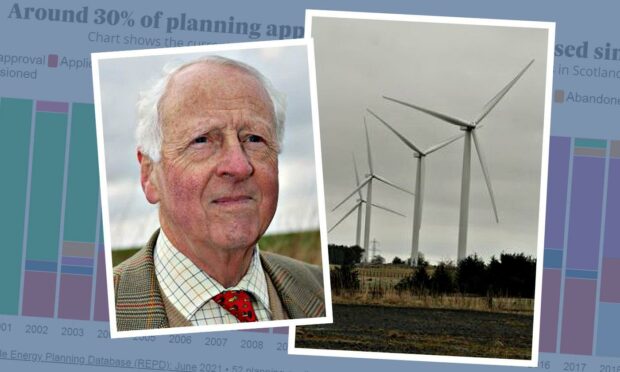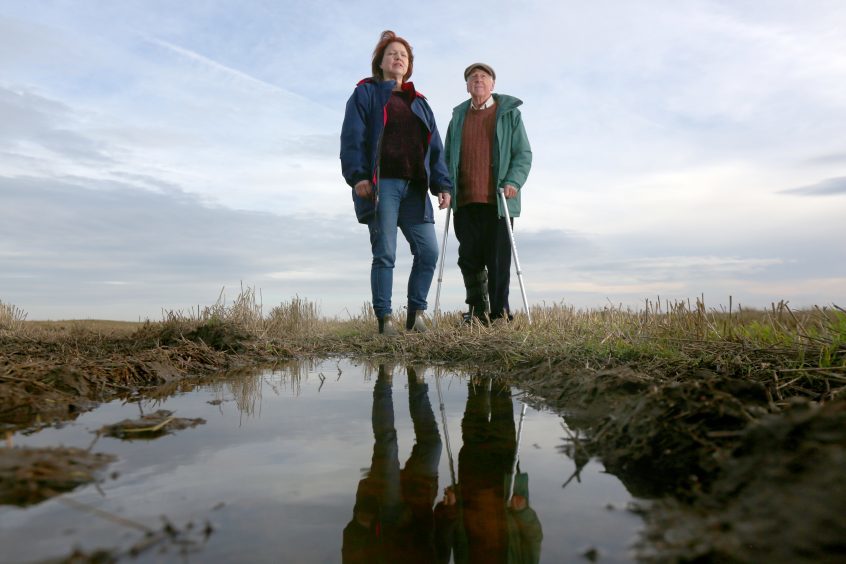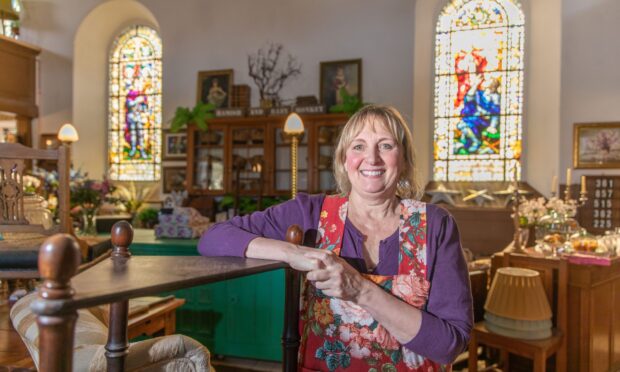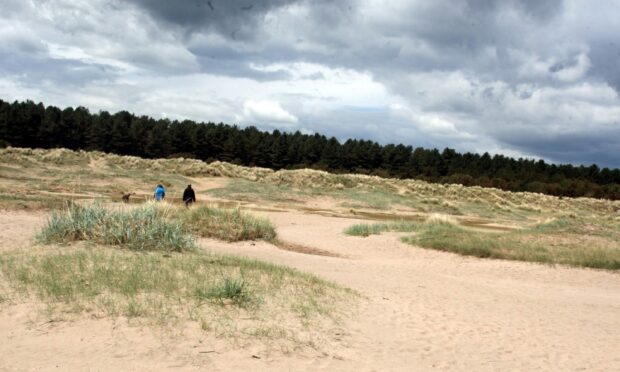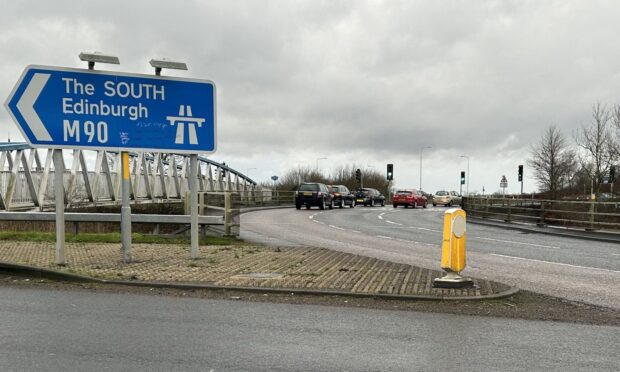Wind turbine developers are once again planning to scale up construction in Scotland.
That has worried many people in rural communities, according to anti-windfarm campaign group Scotland Against Spin (SAS).
The organisation says its membership has grown by around 50% as people become increasingly concerned about the spread of wind turbines across scenic areas.
SAS chairman Graham Lang is from Ceres in Fife.
He attempts to sum up the feelings of members old and new to the prospect of a new wave of onshore wind developments.
“This is a very sensitive subject.
“There is natural reluctance for people to talk about the possibility of developments they campaigned against, and that were refused planning permission, being resurrected by the past applicant or new developers.”
Why did wind turbine developers stop building?
Yet the worries persist in village halls across Fife, Perth and Kinross, Angus as well as the rest of Scotland.
Wind turbine construction remained a hugely divisive issue in rural areas until around 2016. Then the Conservative government effectively cut the purse strings, removing public subsidy.
It quietly reversed that decision in March of last year.
The Renewable Energy Planning Database tracks the progress of UK renewable electricity projects over 150kW through the planning system
Our analysis of the latest data shows that onshore windfarm construction is picking up again in Scotland.
And the political context in Scotland has never been more favourable for onshore wind – especially as world leaders prepare to attend world climate change talks COP26 in Glasgow later this month.
The Scottish Government already had a strong reputation for supporting onshore wind developments. Sometimes in direct opposition to the local authorities who had voted against wind turbines.
Holyrood has frustrated fierce and initially successful local campaigns against the Green Burn Project windfarm in Perthshire and Kenly wind farm in Fife.
Now the text of the Green/SNP deal that brought Green minsters into government for the first time includes an ambition to at least double Scotland’s overall wind capacity by 2030.
They want to add between 8 and 12GW of capacity to the existing 8.4GW.
The deal states: “This will be supported by the changes in the planning system needed to permit the growth of this essential, zero-carbon sector.”
There is also a promise to “repower existing windfarms.” That means retrofitting existing turbines with new, improved technology, potentially meaning larger blades or taller towers.
How have anti-wind campaigners reacted?
Aileen Jackson is also from SAS.
She said the height of new onshore windfarm applications worried her members the most.
The most recent designs feature “huge blades to generate more profit” and some were fitted with red lights to alert aircraft.
“There is currently a proposal for the tallest onshore wind turbines in the world in East Ayrshire at 260m. This height had only been heard of offshore until now.”
Interest from concerned local residents and communities has come close to “overwhelming the group,” she added.
New members are “seeking help to object to applications or set up new local campaign groups.”
She suggested more must be done to balance protected areas, wildlife and the views of rural communities against action taken to meet the climate emergency.
SAS registered a petition with the Scottish Parliament earlier this year calling for tougher laws to protect the rights of local communities.
They also want to ensure local groups receive more support when taking on well-resourced energy developers.
The exchanges can leave opponents feeling “bullied and intimidated”.
Graham has questioned the levels of public support for onshore wind stated by the industry.
He adds time has done little to diminish much of the local opposition.
“Objections were mostly based on the impact a wind farm would have on their residential and visual amenity. The passage of time will not have changed that perception.”
He added people are worried about “noise and shadow flicker (when turbine blades cast moving shadows into homes) as well as the visual impact on where they live.”
“And of course impact on the value of their main asset, their property.”
Are onshore wind turbines crucial to climate crisis fight?
But are the wind turbine campaigners preparing to fight what is already a losing battle?
COP26 in Glasgow has once again focused minds on the climate crisis.
The then Conservative government removed subsidies in 2016 reportedly in response to concerns from thousands of grassroots members.
But PM Boris Johnson is now touting the UK’s progress to net zero on the international stage.
The targets in Scotland, of course, are even more stringent. 2045 is the year Scotland must hit net zero – five years earlier than south of the border
Morag Watson is director of policy at industry body Scottish Renewables. She explained onshore wind is one of the most developed forms of renewable energy technology available.
“It is one of the cheapest forms of energy. It is the most cost-effective way to achieve our climate change ambitions at the lowest cost to consumers.”
She said the Scottish Government must work with industry to add the maximum amount of onshore wind power if the country is to stay on track to meet net zero.
“The Committee on Climate Change’s official advice to Government shows that we will need to grow Scotland’s onshore wind fleet from its current 8.4GW to 20.4GW by 2030 if we are to achieve net-zero,” she added.
“Onshore wind already supports 8,800 jobs and contributes £2.2 billion to the economy each year in Scotland.
Scotland needs to add 12GW of extra wind turbine capacity by 2030. She said that would create more than 25,000 jobs and around £30 billion.
“Polling shows that 70% of the Scottish public support the building of onshore wind.
“They welcome the benefits it will bring.”
A Scottish Government spokesman said they would publish an Onshore Wind Policy Statement in October.
This will contain more detail on “how to tackle barriers to deployment” and on securing “maximum economic benefit from these developments.”
“Scotland has some of the most stringent environmental impact regulations anywhere in the world.
“Our planning and consenting system ensures that local communities can have their say,” he added.
